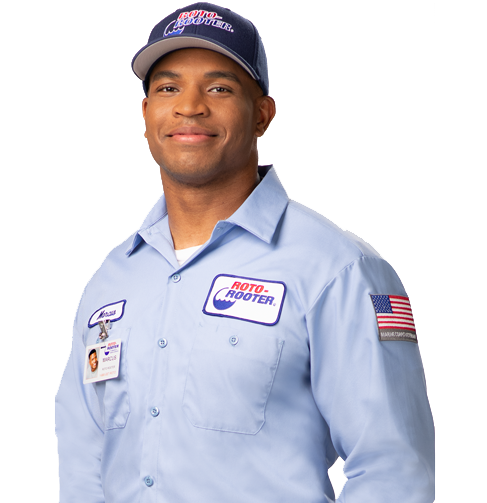An Unexpected Call on the Eastern Shore
I’ll never forget the call I received one crisp spring morning last year. A historic farmhouse near
Oxford, Maryland—built in 1892—was plagued by slow drains and foul odors. The homeowner,
a lifelong Delmarva resident, worried she’d have to replace her century-old plumbing. As I drove
down those winding country roads, I wondered: would traditional snaking be enough, or was it
time to introduce her to the power of hydro jetting?
That experience opened my eyes to the real debate on Delmarva: hydro jetting vs. traditional
snaking. Both methods tackle clogs, but which one truly offers the best clean for your pipes?
Let me walk you through the story, the science, and the solution that ultimately saved that old
farmhouse’s plumbing—and can save yours too.
Understanding Traditional Snaking
“snake”) down your drain to break up or extract clogs.
● How It Works
○ A motorized drum feeds the cable into the pipe.
○ A cutting head or corkscrew at the tip grabs onto or shreds debris.
○ Once the blockage is freed, the snake retrieves it, restoring flow.
● Advantages
○ Cost-Effective: Generally less expensive than hydro jetting on a per-job basis.
○ Good for Simple Blockages: Hair, soap scum, and small tree roots can often be
cleared quickly.
○ Portable Equipment: Technicians can bring snaking machines into tight spaces
more easily than large truck-mounted hydro jetters.
● Limitations
○ Surface-Level Cleaning: Snaking breaks through the clog but won’t remove
buildup on pipe walls.
○ Potential for Damage: Aggressive snaking can scrape or damage older, fragile
pipes if not handled carefully.
When I first arrived at that farmhouse, I tried snaking the main sewer line. It cleared the
immediate blockage—but within days, the drains slowed again. That’s when I knew we needed a deeper clean.
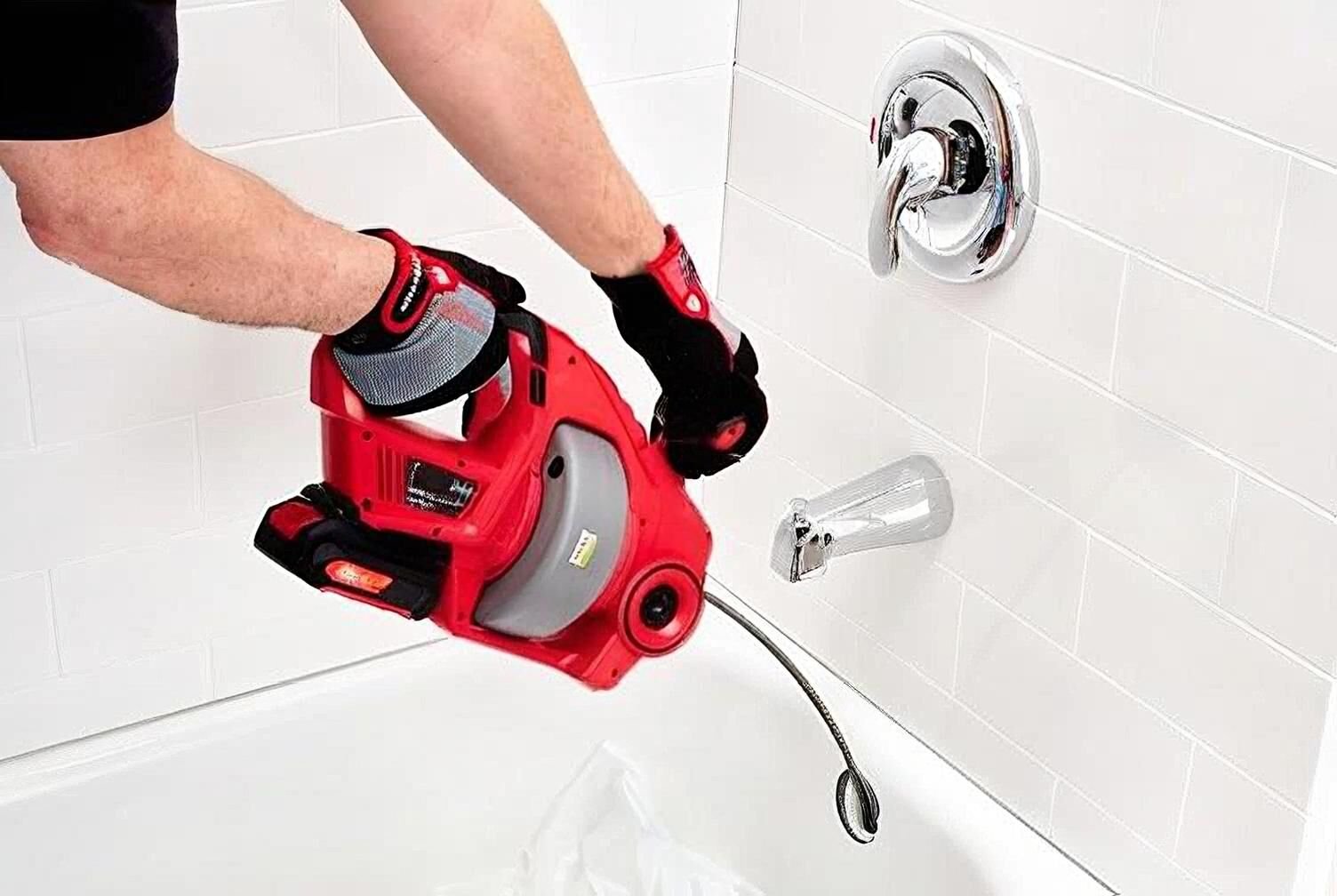
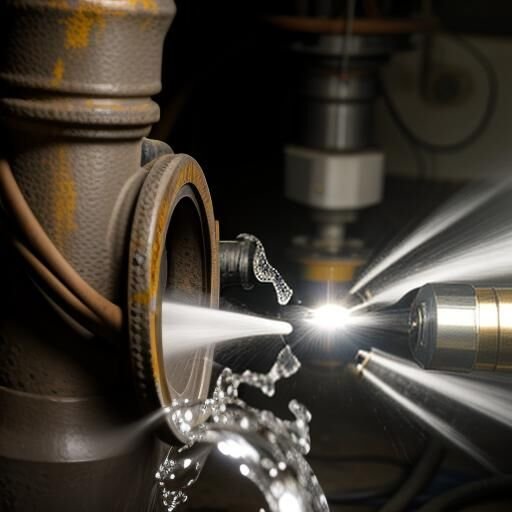
The Power of Hydro Jetting
Hydro jetting uses high-pressure water—sometimes as much as 4,000 PSI—to blast away
blockages and clean pipe walls.
● How It Works
○ A specialized nozzle attaches to a high-pressure hose.
○ Water enters the pipe at extreme pressure, scouring walls and flushing debris.
○ Residue, grease, roots, and scale are broken down into tiny particles and
washed away.
● Advantages
○ Comprehensive Cleaning: Destroys grease, scale, mineral buildup, and even
invasive tree roots.
○ Restores Flow Capacity: Leaves pipes like new, reducing future clogs.
○ Environmentally Friendly: Uses only water—no harsh chemicals.
○ Long-Term Solution: Homeowners on the Delmarva Peninsula often go years
without repeat clogs after jetting.
● Limitations
○ Higher Upfront Cost: The equipment and labor make it pricier than a simple
snake job.
○ Access Requirements: Requires a clean-out access point large enough for the
hose and nozzle.
○ Not for Damaged Pipes: Extremely high pressure can worsen cracks or leaks in
compromised systems.
When I brought out the hydro jetter to that Oxford farmhouse, I could hear the roar of the water blasting through decades of buildup. Within minutes, the main line was as clear as the Choptank River on a calm day.
Head-to-Head Comparison
Feature Traditional Snaking Hydro Jetting
Cost $75–$150 per service $300–$600 per service
Cleaning Depth Clears clogs, leaves residue Cleans entire pipe wall
Repeat Visits Often required Rarely required
Ideal For Minor blockages, hair, soap Grease, scale, roots, Full restoration Equipment Portability Highly portable Requires truck-mounted unit
Pipe Integrity Risk Medium (if overused) Medium-High (on old pipes)
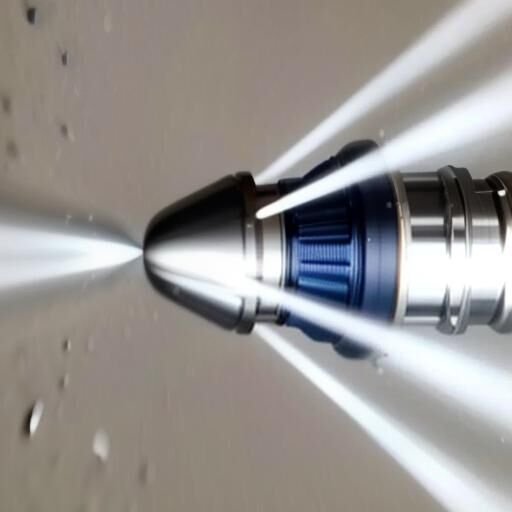
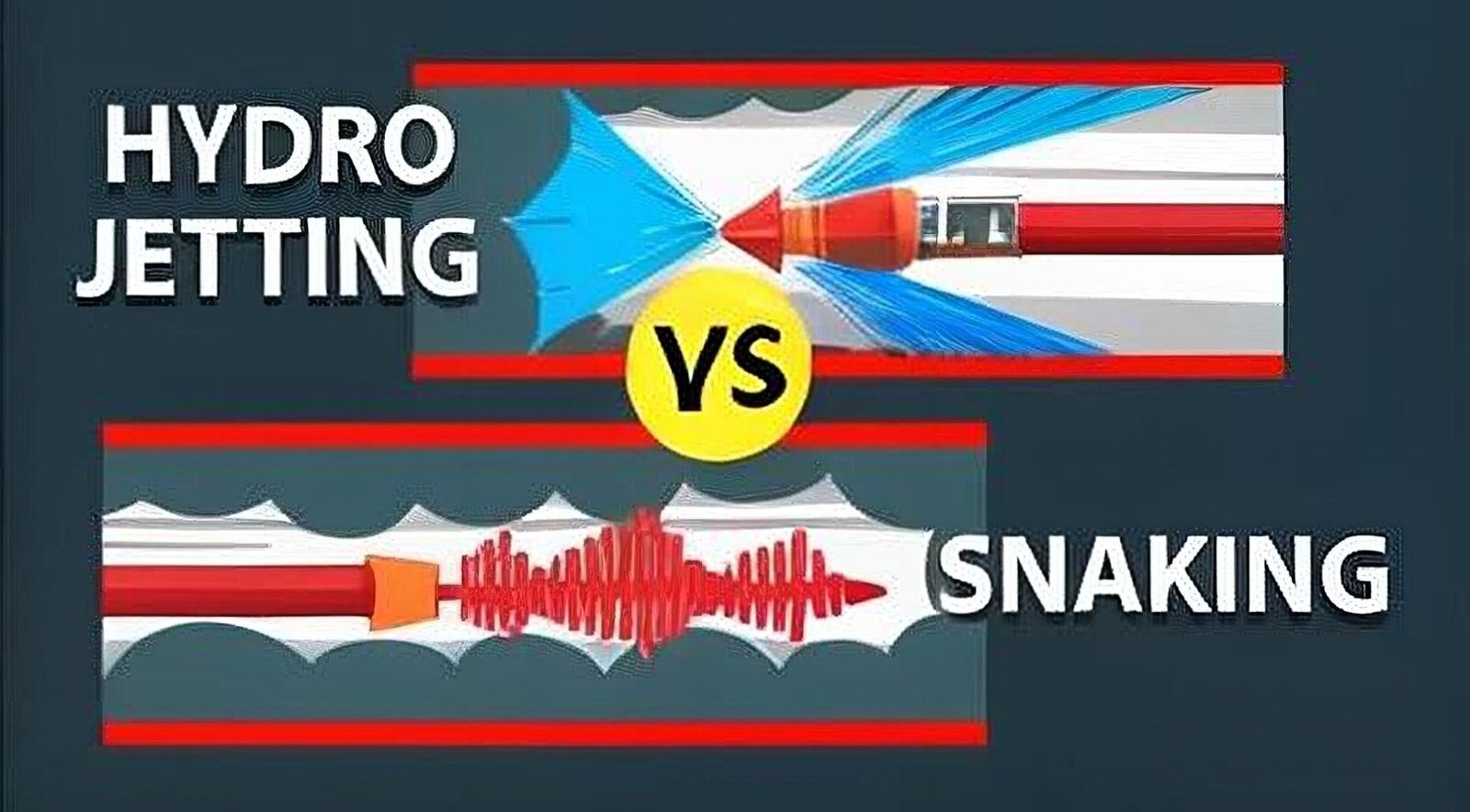
When to Choose Which Method
1.Minor Clogs & Budget Constraints
○ Go with snaking if you’re dealing with occasional hair clogs, small debris, and
want a quick, affordable fix.
2.Persistent or Heavy Buildup
○ Choose hydro jetting when grease, mineral scale, tree roots, or recurring issues
plague your pipes.
3.Old or Fragile Plumbing
○ If your home has cast iron or clay pipes older than 50 years, I recommend a
camera inspection first. In some cases, a gentle snake job is safer, followed by
targeted jetting on sturdier sections.
4.Comprehensive Restoration
○ When selling your Delmarva home or preparing it for winter (to prevent freeze-
induced blockages), hydro jetting gives peace of mind and long-term protection.
No matter which method you pick, it’s crucial to have a licensed plumber assess your system. At
Roto-Rooter Delmarva, we offer both services. Learn more about our full suite of solutions for
drains and sewers here: Sewer & Drain Services or dive into our specialized Sewer Pipeline
Cleaning.
A Cleaner Finish on the Peninsula
Back at that Oxford farmhouse, the sense of relief was palpable. The homeowner’s eyes lit up
when I ran water through her kitchen sink—no more gurgles, no lingering odors. And as I
packed up my gear, I reflected on why I love this job in Delmarva: every home has a story, and
every pipe run is a chance to make life a little smoother.
Whether you opt for the tried-and-true snake or the high-powered jet, remember that clean
pipes mean a happy home. And here on the Delmarva Peninsula, we’re proud to deliver both—
with a local touch, deep expertise, and a commitment to keeping your plumbing flowing freely.
Ready to tackle your toughest clogs? Give us a call at Roto-Rooter Delmarva, and let’s get your
pipes in tip-top shape!
Frequently Asked Questions
Will hydro jetting damage my pipes?
When performed by trained technicians who adjust pressure appropriately, hydro jetting is safe for most modern PVC, cast iron, and even some older pipe materials. We always inspect the line first to ensure there are no fractures or weak points.
How often should I have my pipes cleaned?
For typical household use on the Delmarva Peninsula, annual inspections are wise. If you cook with lots of grease or have large trees over your sewer line, consider hydro jetting every 2–3 years.
Can I rent a hydro jetting machine for DIY use?
Professional hydro jetters are powerful and require operator expertise. DIY units lack
sufficient pressure, can’t handle deep clogs, and may pose safety risks. We strongly advise hiring a licensed plumber.
How do I know if snaking will fix my problem?
If water backs up only in one fixture (like a bathroom sink), snaking often suffices. Multiple slow drains or recurring backups indicate a deeper issue—hydro jetting is usually the answer.
What should I do to prevent clogs after hydro jetting?
Avoid pouring grease down the drain; collect it in a container and discard with trash.
● Use enzyme-based cleaners monthly (not harsh chemicals).
● Schedule routine inspections to catch buildup before it turns into a blockage.
